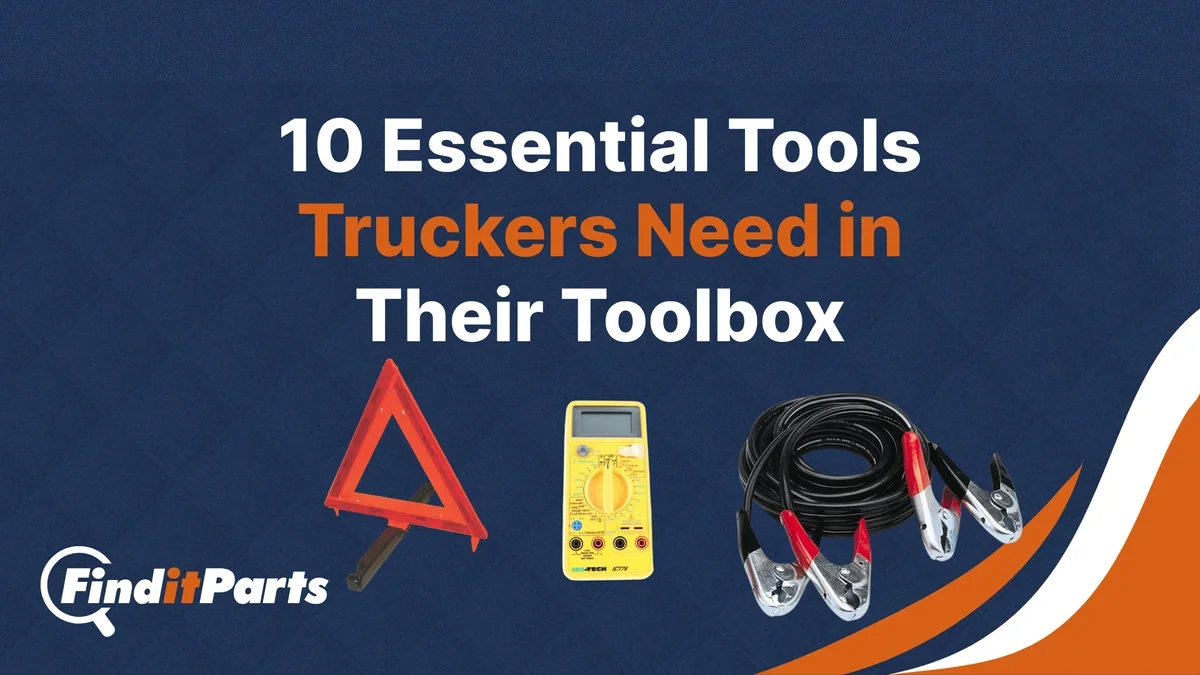Need help? We're here!
(888) 312-8812 Login SignupA Guide to Changing Oil on a Commercial Vehicle
March 08, 2021

Do you start to hear knocking, rumbling, and even roaring sounds when you’re driving your vehicle? Is the oil change light on your vehicle’s dashboard illuminating? Do you smell oil inside the cabin? If you answer yes to all of these questions, then it’s high time to change your vehicle’s engine oil.
Although all types of vehicles require a regular oil change, there’s no denying that commercial vehicles have a greater need for it than others. That’s because of the high mileage that they log in daily. The more the vehicle is driven, the higher the likelihood of the engine oil becoming contaminated.
Why are oil changes important for commercial vehicles?
Regular oil changes help extend the engine’s life and enhance its overall performance. The engine is composed of moving parts, which tend to overheat without proper lubrication. However, oil can get contaminated with dirt, debris, and dust over time. When this happens, it becomes more challenging for the oil to move through the different engine components.
However, aside from becoming contaminated, oil also tends to break down and turn into “sludge” over time. A routine oil change helps remove engine wear particles and sludge, keeping the engine in peak condition. It also improves gas mileage, makes your vehicle last longer, and increases its resale value. Consistent maintenance, including oil changes, is a key component in keeping commercial vehicles roadworthy.
How often should you change engine oil?
Oil changes may be done at more frequent intervals depending on how your fleet is operated. For heavy-duty commercial vehicles, the average interval for an oil change is around 25,000 miles. However, if it is regularly maintained, it can last up to 50,000 miles without an oil change.
The same is true when your fleet is equipped with heavy-duty engines and uses cleaner fuels and improved filters. These can even push your vehicle past the 50,000-mile mark, reducing the time and money spent on yearly oil changes.
How to do an oil change?
Performing an oil change is a relatively easy task that you can do yourself. Yes, it can be intimidating at first, especially when considering the size of your commercial vehicle, but if you follow the steps precisely, you'll realize that it's not so complicated after all. This is one of the truck repairs you can do yourself with the right tools. Here are the steps for changing your engine oil:
1. Check the owner’s manual or under the hood for the engine type, oil capacity, oil type, and filter type.
The first step is to ensure you select the correct oil and filter type, as well as the exact oil capacity, for your specific engine type. Commercial vehicles with large diesel engines often consume a significant amount of oil, and it’s not measured in quarts, as in smaller cars and SUVs, but in gallons, along with heavy-duty oil filters. Therefore, ensure you have the correct amount of oil and the appropriate type of filter before starting to avoid any delays.
2. Gather the needed tools and materials.
Before you start working on your vehicle, gather all the necessary materials and tools for the job. This will save you a lot of time, as you won’t have to search for tools or materials while working. The main tools and materials you will need include the following:
- A large drain pan or oil drum to put that old oil in
- A regular or big wrench to undo the oil drain plug
- An oil filter wrench that’s a good match for your oil filter type
- A funnel to easily fill the new oil in
- Replacement oil filter and oil that meets the manufacturer's requirements
- Personal protective equipment (PPE), including gloves, coveralls, and other relevant items.
Aside from those mentioned above, you may also consider these materials depending on the situation:
- Rags when you need to wipe your hands or other surfaces
- Jack and jack stands to raise and support your truck
- Mechanics creeper so you can get underneath that big truck
- Replacement oil drain plug washer
Once you have gathered all these, then you can get started.
3. Prepare your vehicle and yourself to ensure your safety.
While performing an oil change is generally straightforward, it still carries some risks. To ensure your safety, you must prepare not only your vehicle but also yourself for the job. If you have just driven your vehicle for a long distance, let the engine cool down for a few hours. However, if you haven’t, you must let your truck run for several minutes to warm up the oil. Once done, ensure your emergency brake is set, and the keys are out as a safety precaution. Performing an oil change is just one part of routine maintenance; always follow a pre-trip inspection checklist before hitting the road.
For your own safety, you will need Personal Protective Equipment (PPE). You may wear a pair of coveralls to keep that oil off your clothes, gloves to keep your hands grime-free, and safety glasses to protect your eyes.
4. Drain the old engine oil and remove the old oil filter.
Flushing out the old engine oil is probably the most challenging part of this DIY job. Before removing the oil drain plug, ensure that the drain pan or oil drum is positioned correctly underneath. Once done, use the regular wrench to remove the plug, and let the oil drain entirely. Afterward, remove the oil filter. However, be sure the drain pan is positioned under the oil filter before removal, as the oil will also leak out from that area. Then, let the remaining oil flow into the drain pan.
5. Install the new oil filter and put the oil drain plug back in.
Grab the replacement oil filter and apply a thin coating of oil around its rim to ensure a proper seal. Then, position the filter and hand-tighten it. Use the oil filter wrench to complete the job, and then reinstall the oil drain plug. Changing oil is crucial, as is knowing how to handle other essential vehicle maintenance, such as tire replacement on trucks.
6. Add the new oil.
Remove the oil filler cap and position the funnel into the opening to add the new oil. Ensure you pour the correct amount of oil as specified in the manual. If you are unsure about this, you can always check the level using the dipstick. Then, replace the oil cap, and close the hood of your truck. This step requires the use of quality heavy-duty lubricants to ensure engine protection.
7. Do a final check and document the oil change.
Start your vehicle and let it run for a few minutes to check for oil pressure. Then, check under the vehicle for any leaks. If none, turn off the vehicle and document the oil change by recording the mileage on your odometer. That way, you will know when to perform the following oil change.
Changing the oil in your commercial vehicle is something that you should not overlook or delay, as it affects not only the engine's overall performance but also the entire vehicle. When it’s time to perform an oil change, you can always count on FinditParts to supply you with the best materials and tools. We are your one-stop shop for all your heavy-duty truck and trailer parts needs.



